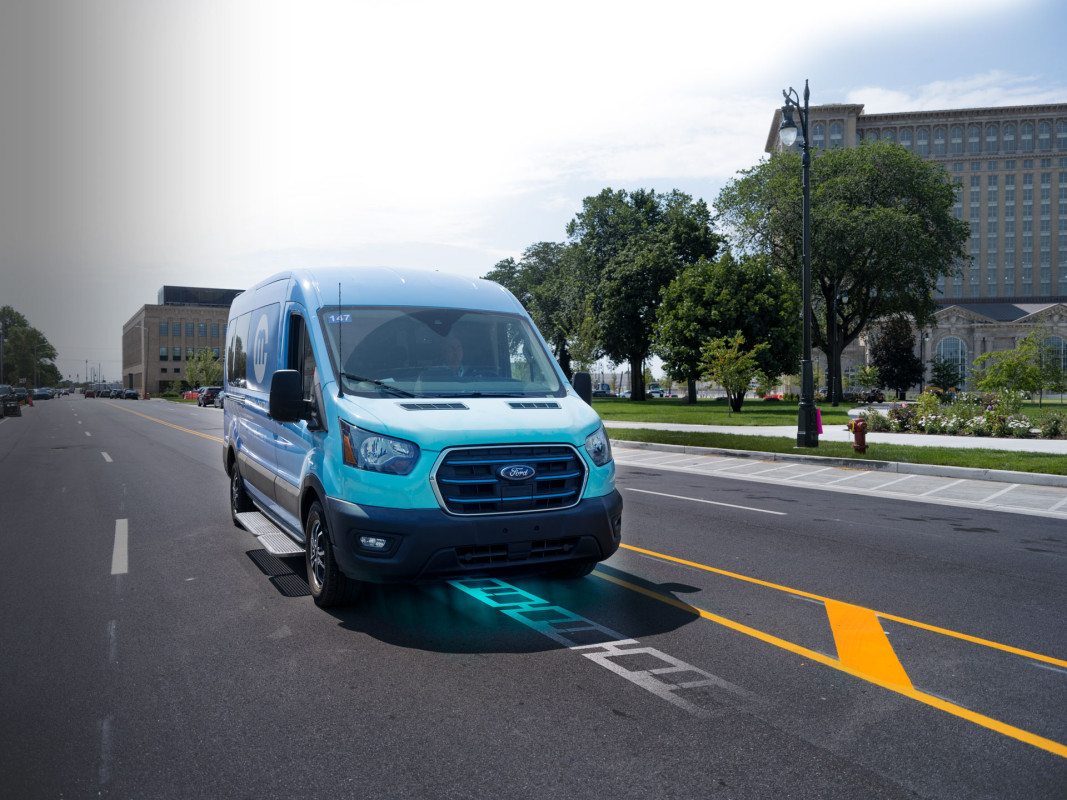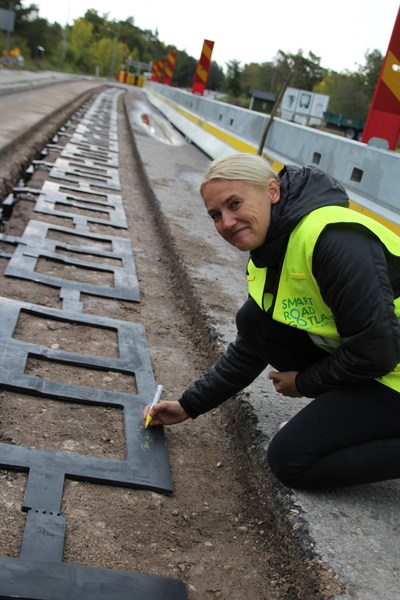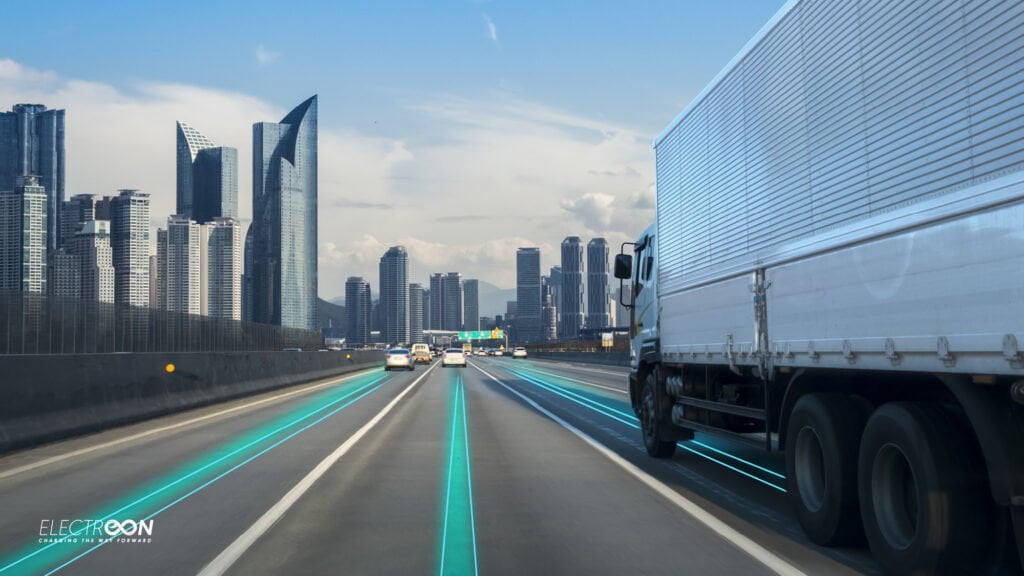 We all know electric vehicles (EVs) have grown in popularity over the last decade.
We all know electric vehicles (EVs) have grown in popularity over the last decade.
As of 2022, there were 26 million electric cars worldwide. This is an encouraging trend with the number of EVs growing roughly 60% from 2021 to 2022!
Despite their success, EVs face many obstacles -- the biggest being the availability of charging stations. Many consumers are hesitant about purchasing EVs over concerns that their vehicles could run out of charge before reaching the destination, known as range anxiety.
To address these concerns, Electreon, a company based in Israel, is spearheading an innovative solution: a wireless charging roadway. Let's find out more.
How Does It Work?
 Electreon's technology allows vehicles to be charged when they are moving or when parked. The principle used is electromagnetic induction, a simple concept you may have learned in your science class. Here is how it works.
Electreon's technology allows vehicles to be charged when they are moving or when parked. The principle used is electromagnetic induction, a simple concept you may have learned in your science class. Here is how it works.
- Electreon installs coils underneath the road surface which are connected to the city's power grid.
- When electricity flows through the coils, it creates an electromagnetic field that hovers just above the road’s surface.
- Vehicles are equipped with a receiver that converts the electromagnetic field back to electricity, which is then used to charge the EV’s battery.
Electreon pioneered this technology by building the first stationary charging station for e-buses in Israel. Since then, the company has received interest from the governments of France to build 5,500 miles of charging roads, as well as from Germany and Sweden.
Recently, the company unveiled a short quarter-mile stretch of electrically charged roadway in the U.S. city of Detroit to showcase its technology.
Benefits and Concerns
Although there is much more testing needed to determine feasibility, wireless charging roadways have quickly demonstrated their benefits. Many automotive experts believe that Electreon’s innovation can stimulate the EV industry by reducing many of the consumer anxieties.
 With charging roadways, Electreon projects that each vehicle’s receiver can transfer up to 35kW (kilowatts) of charging energy. And, because of the increased reliance on EVs, wireless charging roadways can promote a net-zero emission future.
With charging roadways, Electreon projects that each vehicle’s receiver can transfer up to 35kW (kilowatts) of charging energy. And, because of the increased reliance on EVs, wireless charging roadways can promote a net-zero emission future.
According to Swedish estimates, 155-186 miles of charging roadways can curb carbon dioxide emissions by 200,000 tons. The accumulation of these benefits, in turn, can generate favorable trends in the labor market by creating more job opportunities.
Despite these benefits, scaling wireless charging roadways across the nation presents concerns. Each mile of Electreon’s roadways costs between $1.2 to $2 million and each receiver required for an EV costs between $1500-$3500. To utilize this technology for cities across the nation, these costs must fall and meet consumer expectations.
As with any new forward-looking technology, costs always start high and come down as solutions are widely adopted. Ultimately, the future of Electreon is very encouraging. By enabling vehicles to charge while driving, it is paving the way for more sustainable and convenient electric vehicle use.
Sources: BBC, Electreon, EPI, IEA, The Week








